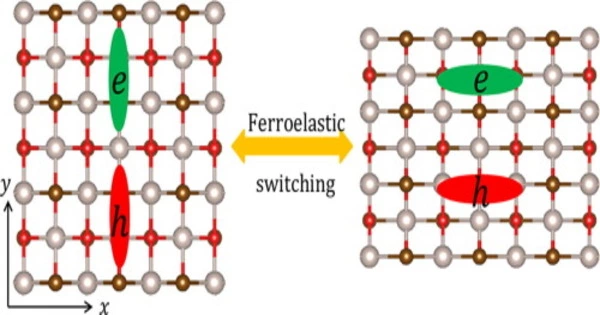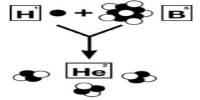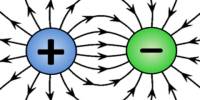Ferroelasticity is a phenomenon in which a material undergoes reversible deformations or shape changes under the influence of an external force. It is a phenomenon in which a material experiences spontaneous strain. In most cases, a crystal has two or more stable orientational states in the absence of mechanical stress or an electric field, known as remanent states, and can be reproducibly switched between states by applying mechanical stress. This behavior is similar to the well-known ferromagnetic materials that exhibit reversible magnetization in response to a magnetic field.
In ferroics, ferroelasticity is the mechanical equivalent of ferroelectricity and ferromagnetism. When stress is applied to a ferroelastic material, it undergoes a phase change from one phase to an equally stable phase, either of different crystal structure (e.g., cubic to tetragonal) or of different orientation (a ‘twin’ phase). This stress-induced phase change causes a spontaneous strain in the material.
In ferroelastic materials, the deformation can occur through several mechanisms, including twinning, martensitic transformation, or domain reorientation. These mechanisms can be induced by various stimuli, such as temperature, pressure, or an applied electric field.
Ferroelastic materials have numerous technological applications, such as shape memory alloys, ferroelectric ceramics, and piezoelectric materials. They are used in a wide range of devices, including sensors, actuators, and memory devices.
Ferroelasticity manifests itself in the shape memory effect and superelasticity. At room temperature, nitinol (nickel titanium), a common ferroelastic alloy, can exhibit either superelasticity or shape memory, depending on the nickel-to-titanium ratio.
Understanding the underlying mechanisms of ferroelasticity is an active area of research in materials science, and it has the potential to lead to the development of new materials with unique properties and applications. Examples of materials that exhibit ferroelastic behavior include certain alloys, ceramics, and minerals. Ferroelastic materials have potential applications in fields such as sensing, actuation, and energy storage, and there is ongoing research aimed at understanding and harnessing their properties.
















